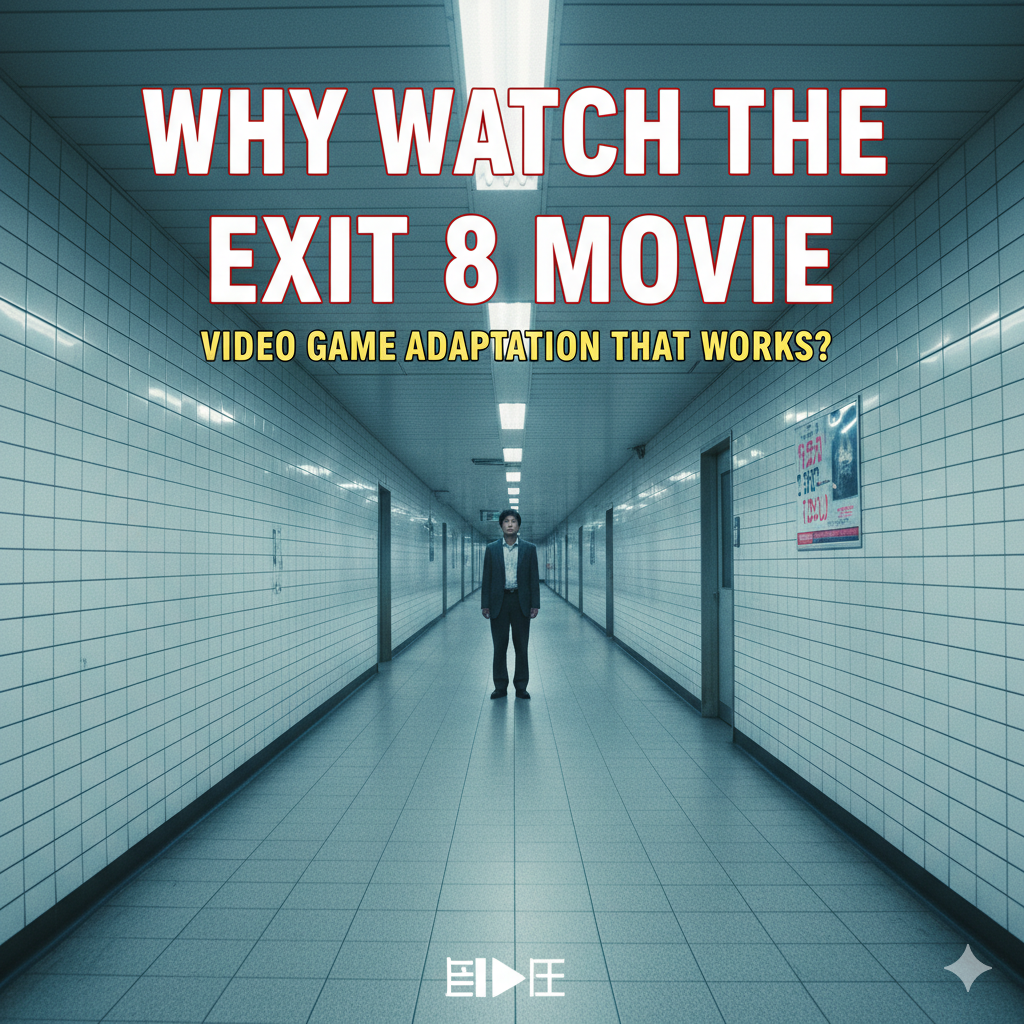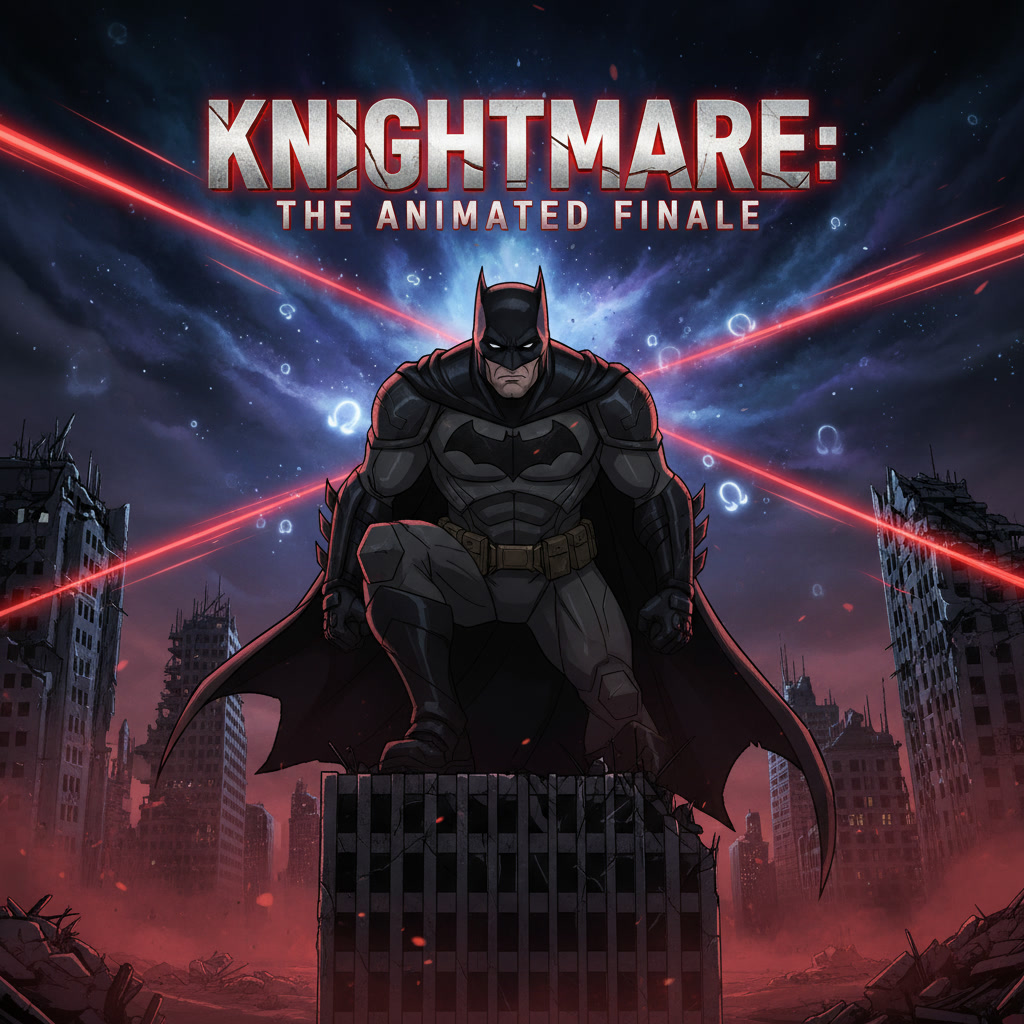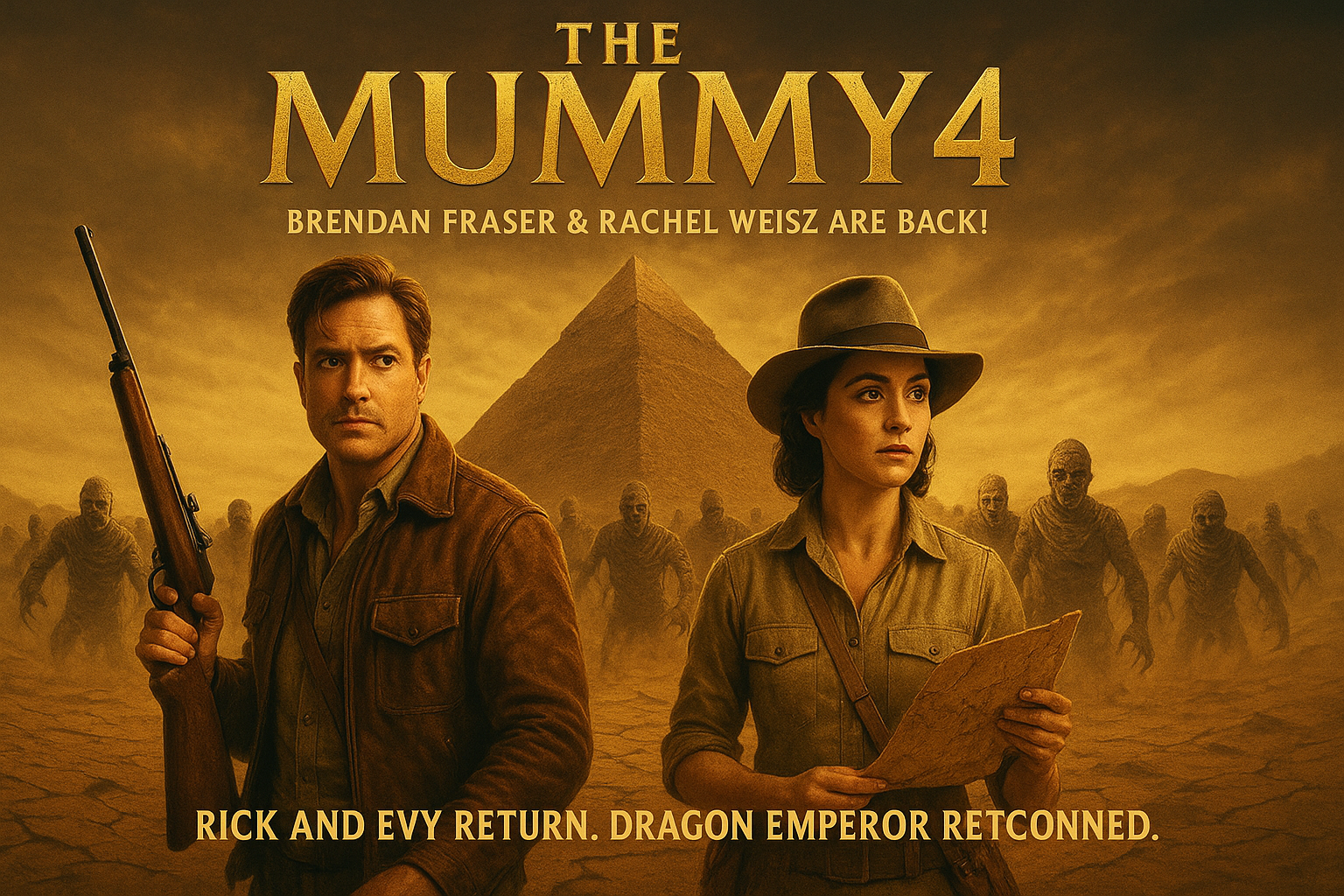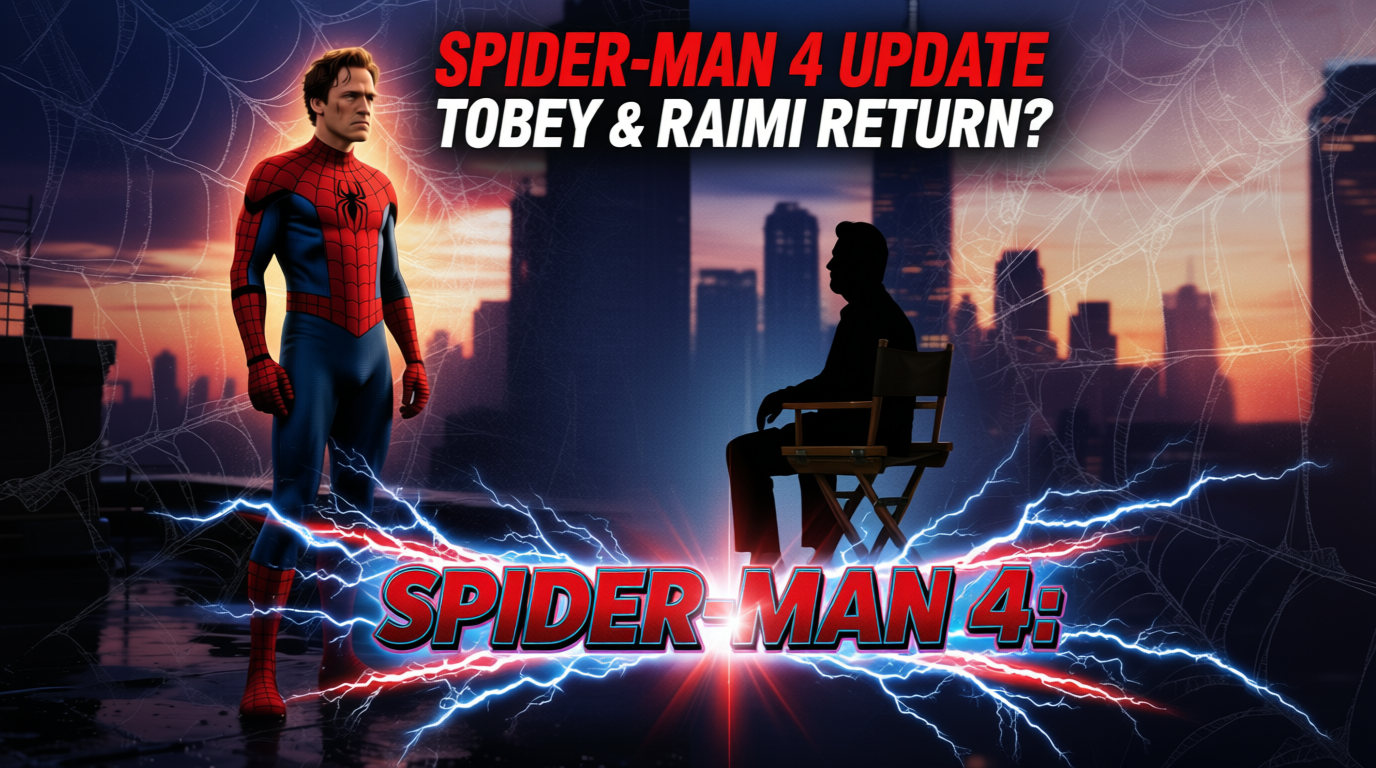
Hey there! If you’re anything like me, you’ve probably seen a few minutes of The Exit 8 game online—that ridiculously simple, yet terrifying, indie horror hit where you’re stuck in a never-ending Japanese metro passage. The concept is pure anxiety: spot the difference or be trapped forever.
Now, a movie based on a 15-minute walking simulator sounds like a terrible idea, right? Like another flop destined to join the cursed pile of video game adaptations. But trust me, you are going to want to check this film out. Director Genki Kawamura, who is known for his work on massive hits, somehow managed to take a minimalist game with no real plot and turn it into a deep, claustrophobic, and genuinely thought-provoking Japanese psychological horror film.
This isn’t just a monster flick; it’s a terrifying look in the mirror. Let’s talk about why watch The Exit 8 movie right now.
Why You Should Press Play
| Feature | The Exit 8 Movie Advantage | Solution for the Viewer |
| Simple Concept | Elevates the ‘spot the anomaly’ mechanic with stunning, immersive cinematography. | You feel the tension without the frustration of playing the game. |
| Deep Story | Weaves in a complex thematic plot about a man’s guilt and fear of responsibility. | Offers a satisfying narrative layer the game lacked. The Exit 8 film plot explained becomes meaningful. |
| Rarity | Considered one of the best video game adaptations horror has ever seen. | You get a quality horror film, not just a cash-grab adaptation. |
Why The Exit 8 Film Plot Explained Goes Deeper Than the Game

The original game was brilliant because it didn’t give you any answers. You were just a camera, focused on that white-tiled subway passage, trying to keep your head straight. The movie, however, needed a character, a reason for the madness.
This is where the genius of the film’s screenplay kicks in. What is the plot of The Exit 8 movie? It introduces us to ‘The Lost Man’ (played brilliantly by Kazunari Ninomiya Exit 8), a commuter who is already grappling with a major life crisis—his ex-girlfriend is pregnant, and he’s frozen by indecision and guilt.
When he steps off the train and into the identical, looping corridor, the “loop” suddenly isn’t just a game mechanic; it’s a psychological prison. The anomalies—the changing posters, the sinking ceiling, the eerie Walking Man—become physical manifestations of his anxiety, his missed opportunities, and the fear of taking responsibility. The film asks: are you in charge of your life, or are you just running on a metaphorical hamster wheel? The corridor is a purgatory that forces him to confront his failures eight times before he can find a real Exit. This thematic depth is why why watch The Exit 8 movie offers more than just jump scares.
Quick Facts: The Movie That Broke the Curse
- Director: Genki Kawamura (Producer of hits like Your Name. and Belle)
- Lead Actor: Kazunari Ninomiya
- Source Material: The viral indie game The Exit 8 (Kotake Create)
- Genre: Psychological Horror / Thriller
- Run Time: Approx. 95 minutes
- Credibility Stat: The film was selected to be screened at the prestigious Cannes Film Festival.
The Masterstroke: The Exit 8 Movie vs Game Differences and Why They Work

When filmmakers adapt games, they often change too much or too little. Kawamura, however, found the perfect balance. Let’s look at The Exit 8 movie vs game differences:
- Perspective Shifts: The film doesn’t stay solely with The Lost Man. It occasionally shifts, giving glimpses into the stories of other “trapped” characters—like the terrifying Walking Man or ‘The Boy.’ This is crucial. It stops the repetition from becoming tedious for the audience and hints at a larger, terrifying lore behind the liminal space horror movie.
- The “Why”: The game never told you why you were there. The movie uses the setup to explore themes of modern apathy (The Lost Man’s guilt over not helping someone on the train is a key driver) and the paralyzing fear of the future. By giving the loop personal stakes, it makes the journey instantly more compelling.
- Cinematography: The film uses long, uninterrupted Steadicam shots that perfectly recreate the first-person, uncanny feeling of the game. It’s like watching an ultra-cinematic, high-budget “Let’s Play” where you’re constantly searching for a glitch.
The simple rule of the game—”If you find an anomaly, turn back. If there is no anomaly, proceed”—becomes the character’s internal struggle. Every turn is a choice between retreating from change or moving forward. It’s an immersive, unnerving experience that you actively participate in, just by watching.
More Than a Loop: Why This Japanese Psychological Horror Film is Unmissable

The biggest question people have is, is The Exit 8 worth watching? The answer is a resounding yes, especially if you’re looking for something that messes with your head more than your heart rate.
Here is why this film is a must-see:
- Atmosphere Over Gore: It is a masterclass in building suspense. Forget cheap jump scares; the real horror comes from the uncanny, impossible repetition, and close, subtle variations that make you question your sanity. Visually terrifying and much worse is the clean, sterile, white-tiled Japanese metro passageway horror is beautiful and intriguingly profound.
- It’s a Short, Focused Thrill: The short runtime of 95 minutes leaves no room for the tedium that can accompany adaptations associated with simple concepts. It respectfully trims the overload of time and once again, creates a concentrated dose of dread before the episode overstays it’s welcome.
- Allegory and Resolution: The film doesn’t just leave you hanging. While the ending is open to interpretation, it provides a sense of thematic resolution for The Lost Man. The final moments are incredibly satisfying, confirming that his time in the loop wasn’t just random; it was a personal test he needed to pass. The Genki Kawamura Exit 8 film analysis shows that he had a point to make, and he made it brilliantly.
If you’re tired of predictable horror movies and are looking for a highly original, beautifully shot, and mentally engaging film that takes a simple idea and maximizes its potential, then take a deep breath, buy the ticket, and prepare to step into the most unsettling subway passage you will ever encounter. This film doesn’t just adapt a game—it makes you think differently about your own daily loops. Don’t miss this ride.





Leave a Reply